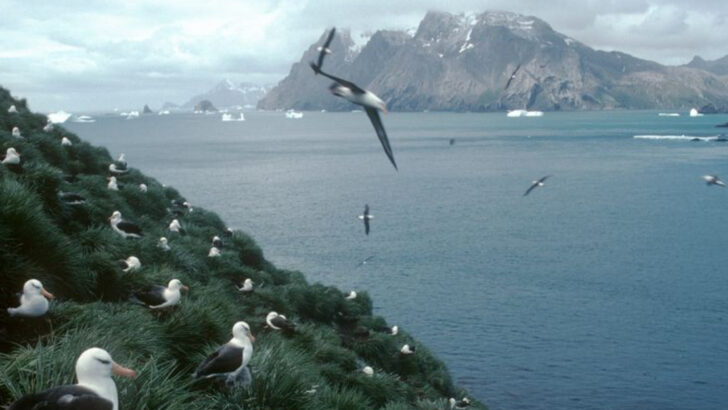They fly thousands of miles—no GPS, no map, no pit stops—just raw instinct and sky-splitting determination. These birds are the real adventurers of the animal kingdom. While we’re fumbling with apps and arguing over road signs, they’re crossing continents with pinpoint precision, dodging storms, scaling mountains, and skimming oceans like it’s nothing. And the wildest part? They don’t get lost. Ever. From Arctic terns that chase summer around the globe to tiny warblers who outsmart winds and predators, these 18 birds perform one of nature’s greatest feats. Their journeys are long, brutal, beautiful—and packed with secrets we’re only beginning to understand. Let’s follow the flight paths of these incredible navigators and uncover how they manage the impossible, year after year.
Arctic Tern
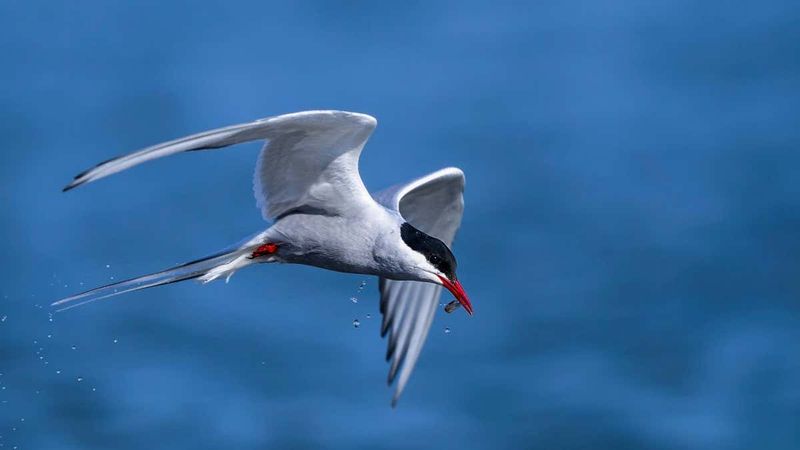
The Arctic Tern is a small bird with an immense journey, traveling annually from the Arctic to the Antarctic and back, covering around 44,000 miles. This astounding trip is the longest migration of any animal. Navigating such vast distances requires a keen sense of direction, which these birds possess innately.
Their navigation skills are not entirely understood, but it’s believed they use the sun, stars, and Earth’s magnetic field as guides. Remarkably, they experience two summers each year, enjoying more daylight than any other creature on Earth. Such endurance and precision make the Arctic Tern a true master of navigation.
Bar-tailed Godwit
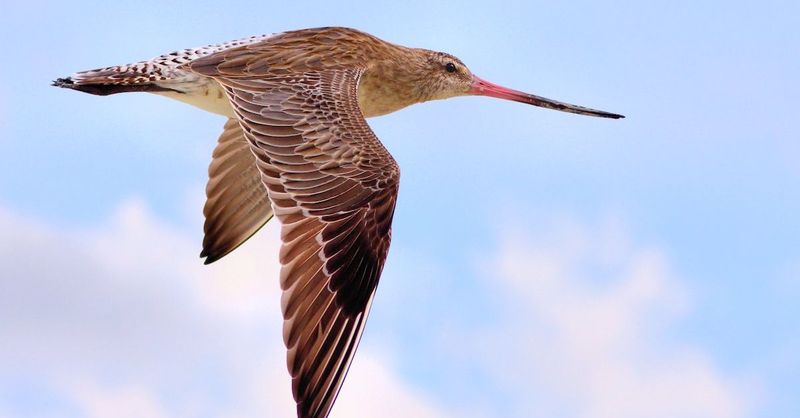
Renowned for its non-stop flight, the Bar-tailed Godwit travels over 7,000 miles from Alaska to New Zealand without pausing to rest or eat. This incredible feat showcases its endurance and navigational capabilities.
What’s fascinating is that they rely on stored fat for energy, losing nearly half their body weight during the journey. Scientists are intrigued by how these birds maintain their course across open oceans. They likely use a combination of celestial cues and magnetic fields, akin to natural GPS. This bird’s navigational prowess continues to intrigue researchers and bird enthusiasts alike.
Swainson’s Hawk
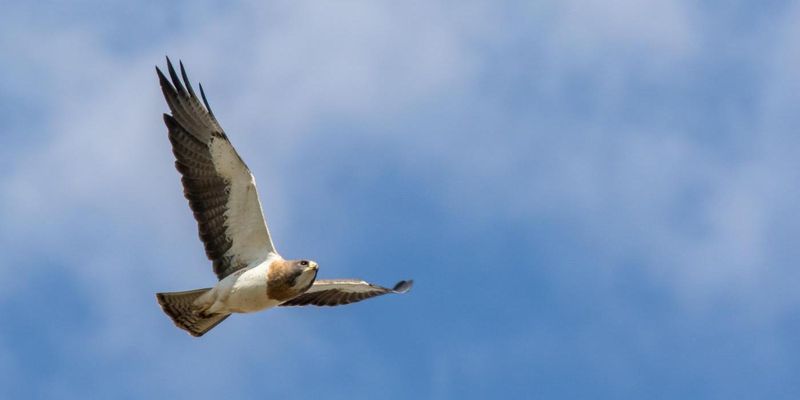
Swainson’s Hawk embarks on a long journey from North America to Argentina. This migration covers about 5,000 miles, taking them over varied terrains, including mountains and plains. Such a lengthy journey demands exceptional navigation skills.
These hawks travel in large groups, forming flocks known as “kettles,” which can include thousands of individuals. They take advantage of thermal currents for an energy-efficient flight. The journey is a testament to their resilience and ability to navigate using both visual landmarks and magnetic cues. Their migration is a spectacle of nature’s dynamism and adaptability.
Albatross
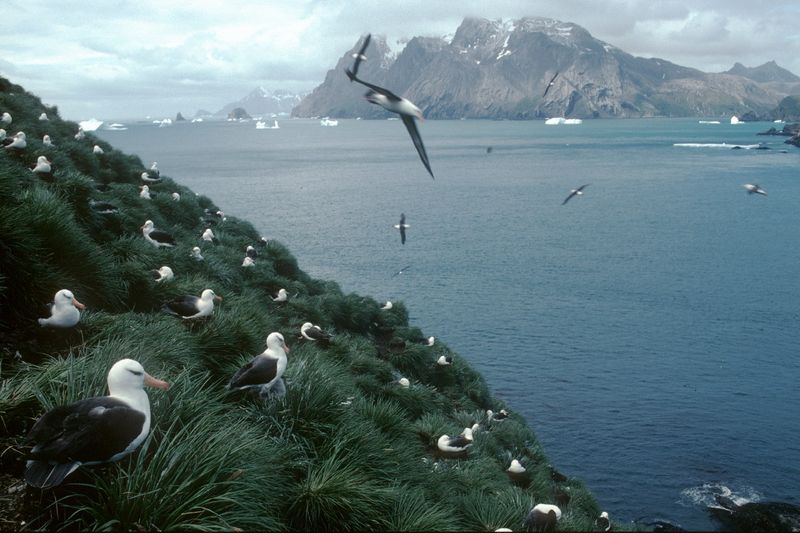
The Albatross is a legendary mariner of the skies, renowned for its ability to glide over ocean expanses for thousands of miles. Some species, like the Wandering Albatross, have wingspans reaching 11 feet, aiding their long-distance travel.
These birds can travel 10,000 miles without needing to land, thanks to their dynamic soaring technique. They use wind patterns and air currents, which require minimal energy, showcasing a mastery of aerial navigation. The Albatross’s life is a testament to the art of flight and the profound navigational instincts honed over millennia.
Common Cuckoo
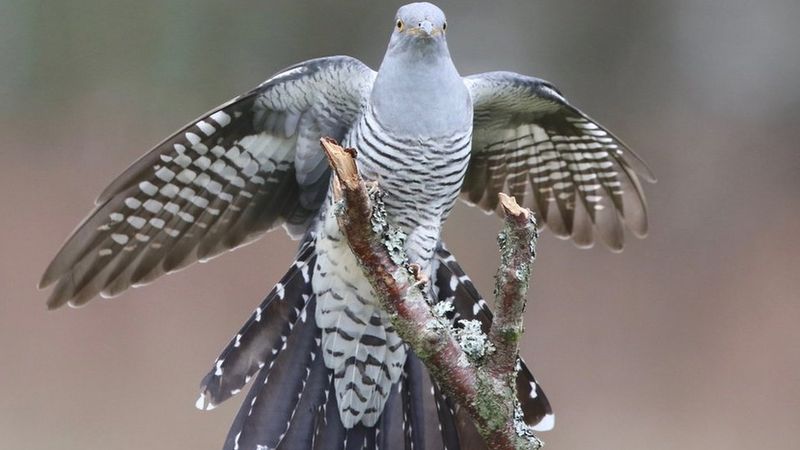
The Common Cuckoo is known for its unique reproductive strategy, but its migratory journey is equally impressive. Traveling from Europe to Africa, these birds cover thousands of miles across continents.
Their migration is an enigma, as young cuckoos migrate alone, without parental guidance. They rely on genetic memory to chart their course, proving that innate navigation skills are deeply embedded in their species. This ability to traverse such long distances solo highlights the cuckoo’s remarkable instinctive prowess, inspiring awe in ornithologists worldwide.
Ruby-throated Hummingbird
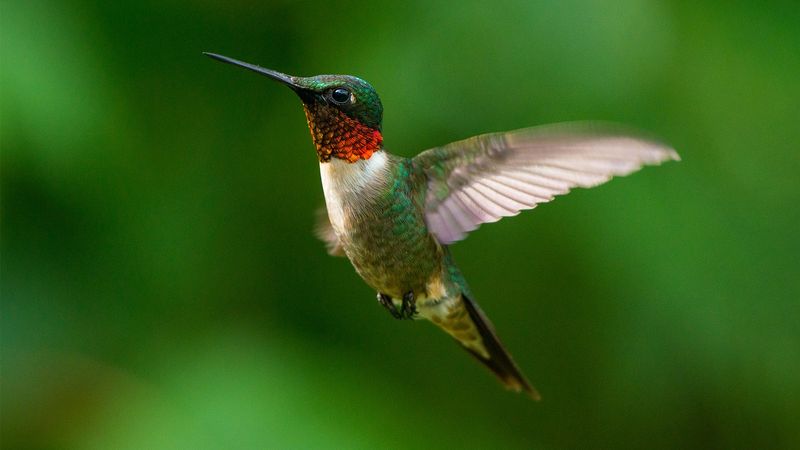
The Ruby-throated Hummingbird’s migration defies its small size. This tiny bird, weighing less than a nickel, embarks on a non-stop flight over the Gulf of Mexico, covering 500 miles in a single night.
Their journey is fueled by rapid wing beats and substantial fat reserves. These birds possess an uncanny ability to navigate, likely using the Earth’s magnetic field and cues from the sun and stars. Despite their diminutive stature, they exhibit a tenacity and precision that allows them to travel vast distances, making them a marvel of the avian world.
Northern Wheatear
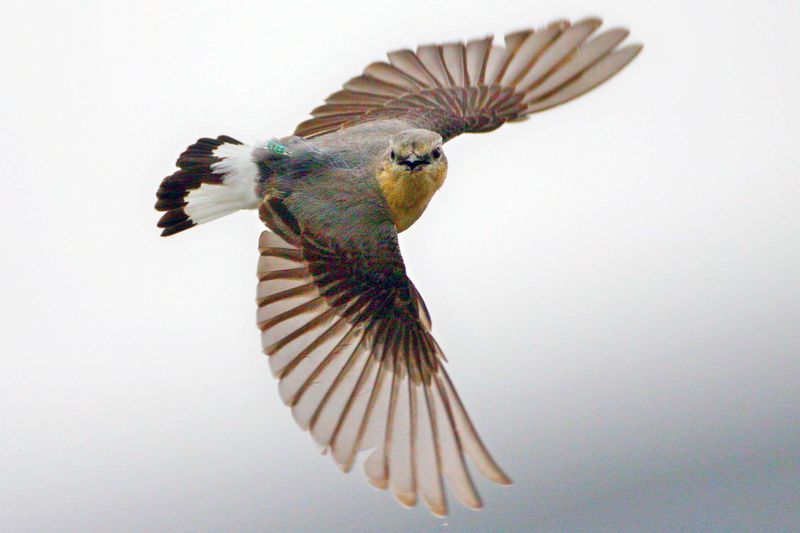
The Northern Wheatear undertakes a migration from North America to Africa, covering nearly 9,000 miles. This small bird navigates diverse terrains, including mountains and deserts.
Their journey involves crossing the Atlantic Ocean, a feat managed by only a few songbirds. They are believed to use a combination of celestial navigation and geomagnetic cues. The wheatear’s migration is a remarkable demonstration of endurance and instinct, illustrating nature’s extraordinary adaptability and the mysteries of avian navigation.
Sooty Shearwater
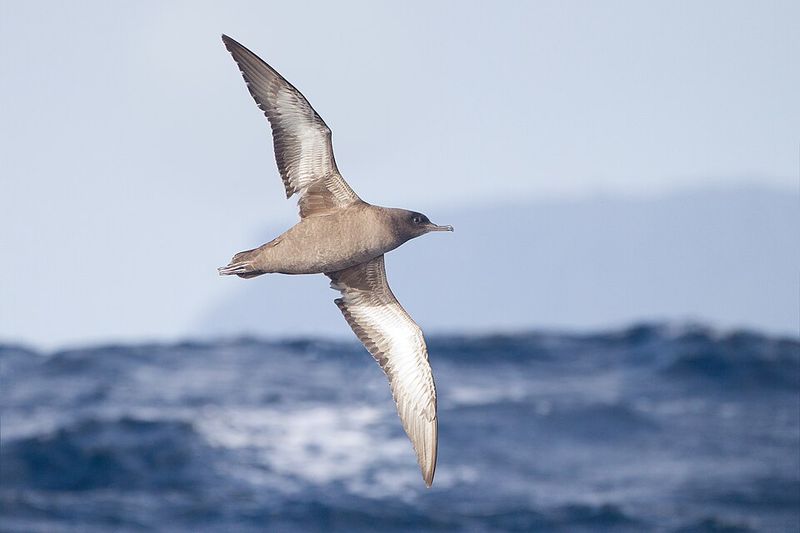
The Sooty Shearwater is known for one of the longest migrations among birds, traveling up to 40,000 miles annually. Their journey takes them from the breeding grounds in New Zealand to the North Pacific.
They utilize dynamic soaring and favorable wind patterns to cover such incredible distances efficiently. Scientists study these birds to understand their navigation, suspecting they use both the sun and the Earth’s magnetic field. The shearwater’s life is a testament to the wonders of avian endurance and the intricacies of migratory navigation.
Blackpoll Warbler
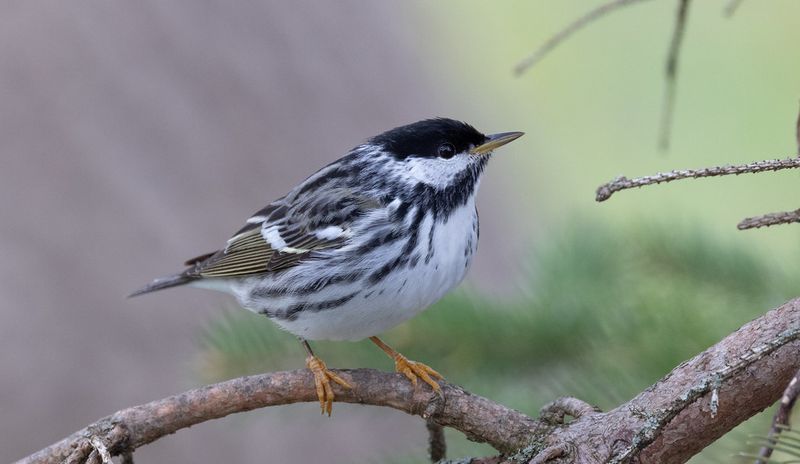
The Blackpoll Warbler’s migration is a testament to stamina and precision. This small songbird travels from North America to South America, crossing the Atlantic Ocean non-stop.
Their journey can exceed 1,800 miles over open water, relying on fat reserves built up before departure. Navigational cues are thought to include the Earth’s magnetic field, stars, and the setting sun. Researchers are fascinated by this warbler’s ability to undertake such a demanding journey, highlighting the incredible capabilities of migratory birds.
Sandhill Crane
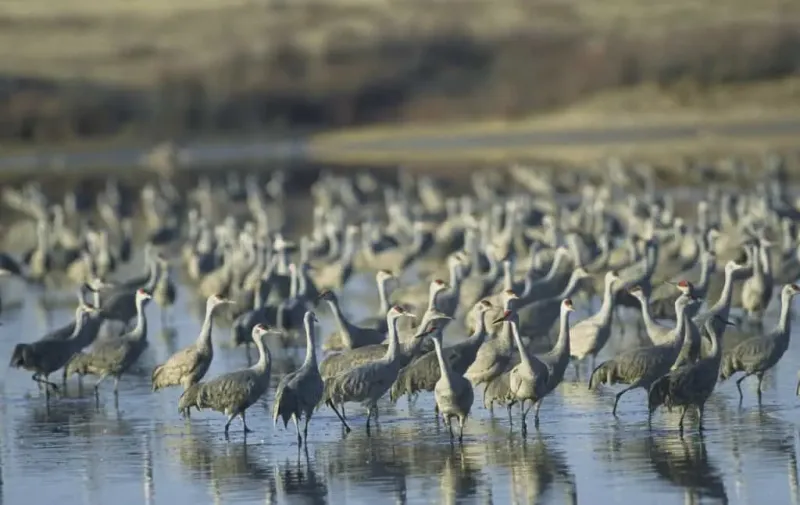
Sandhill Cranes are known for their elaborate courtship dances, but their migratory feats are equally captivating. Traveling between breeding grounds in Canada and wintering areas in the southern United States and Mexico, these cranes cover thousands of miles.
They fly in large flocks, often forming a V-formation that conserves energy. These birds use a combination of visual landmarks and thermal currents to guide their journey. The migration of Sandhill Cranes is a celebrated natural event, symbolizing the changing seasons and the cyclical nature of life.
Barn Swallow
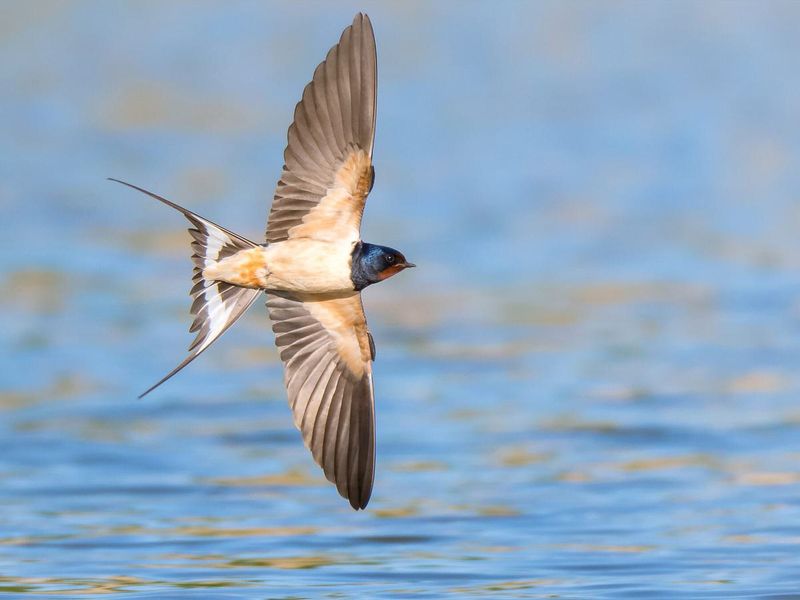
The Barn Swallow is recognized for its graceful flight and long migratory voyages. From Europe to southern Africa, they cover thousands of miles, showcasing their adaptability.
These swallows travel in large groups, utilizing thermal currents and wind patterns to ease their journey. They are thought to navigate using visual landmarks, the sun, and the Earth’s magnetic field. The Barn Swallow’s migration is a stunning display of collective movement and the intricate navigation systems employed by migratory birds.
Red Knot
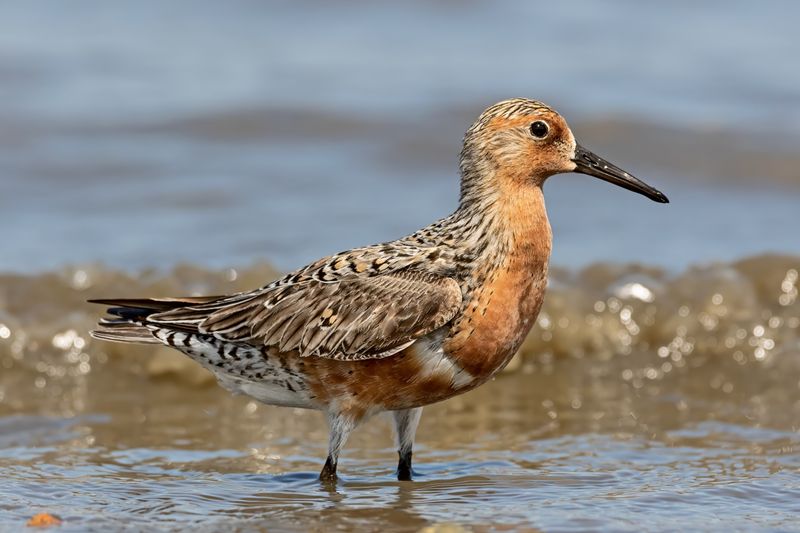
The Red Knot undertakes a remarkable journey from the Arctic to the southern tip of South America. This migration can exceed 9,000 miles, requiring precise navigation.
They follow coastal routes, stopping to refuel at key sites. The timing of their migration is synchronized with food availability, a crucial factor for their survival. The Red Knot’s journey is a carefully coordinated event, showcasing nature’s intricate timing and these birds’ remarkable navigational capabilities.
Caspian Tern
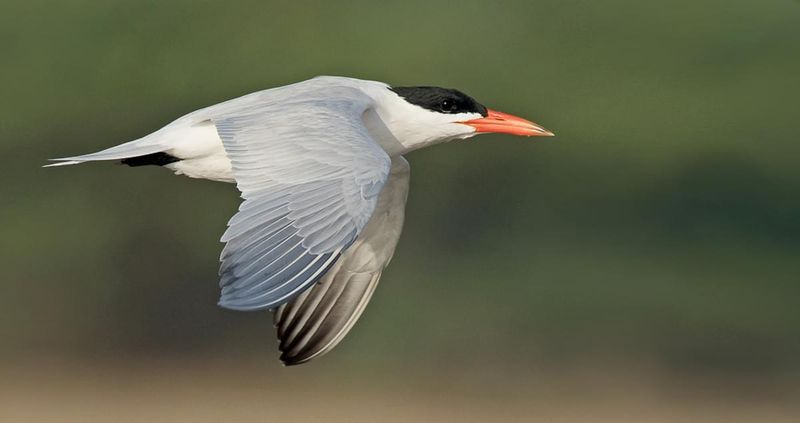
The Caspian Tern is the largest of its kind and is known for its extensive migratory routes. From North America to South America, their journey takes them over vast oceans and landscapes.
These terns rely on their keen eyesight and environmental cues to navigate. They are often seen diving skillfully for fish, showcasing their adaptability and hunting prowess. The Caspian Tern’s migration exemplifies the unity of form and function in nature, highlighting their incredible ability to traverse great distances with precision.
Glossy Ibis
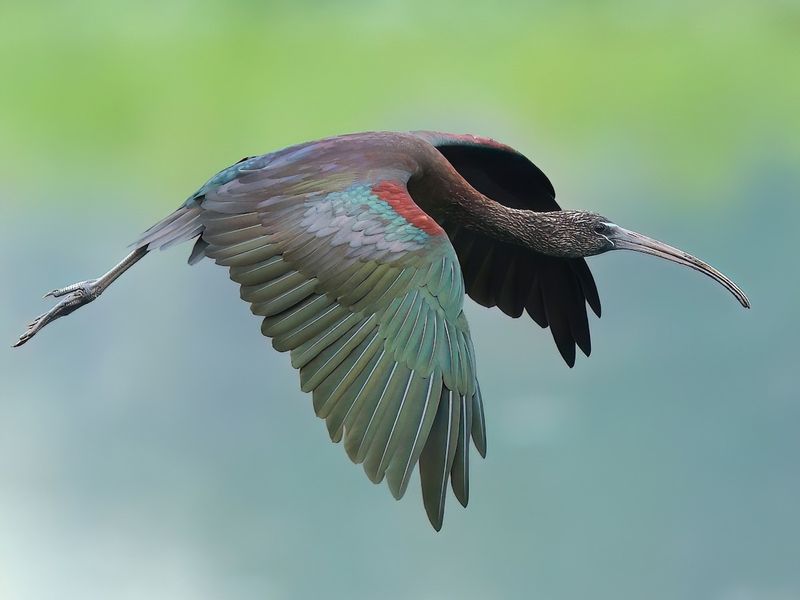
Glossy Ibises are known for their striking appearance and migratory patterns. Traveling between Europe and Africa, they cover substantial distances, often flying in flocks.
They prefer wetlands and are adept at navigating using both natural landmarks and innate instincts. Their migration is an example of efficient group travel, utilizing both visual and environmental cues. The glossy sheen of their feathers is as remarkable as their navigational skills, symbolizing the beauty and complexity of migratory journeys.
Osprey
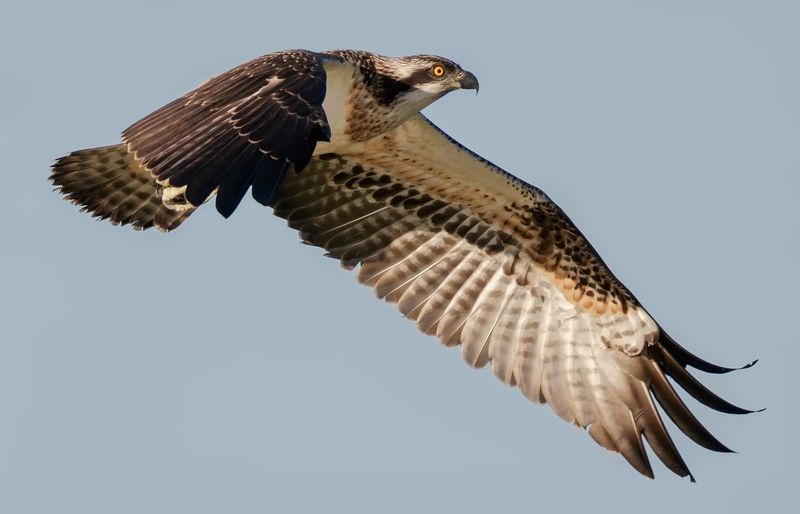
The Osprey is a skilled hunter, known for its dramatic dives to catch fish, and its migratory journey is equally impressive. These birds travel from North America to South America, crossing vast distances.
Navigating using visual landmarks and magnetic fields, Ospreys showcase incredible precision. They often follow coastlines and river systems, using these as natural guides. The Osprey’s journey is a testament to their adaptability and the intricate dance of instincts guiding them through the seasons.
White Stork

The White Stork is a symbol of fertility and good fortune, known for its migratory journey from Europe to Africa. They cover thousands of miles, flying in large flocks.
Storks use thermal air currents to travel efficiently, often gliding gracefully over long distances. They are a beloved sight in many cultures, their return heralding the arrival of spring. The White Stork’s migration is a cultural and natural phenomenon, intertwining human lore with the wonders of avian navigation.
Great Frigatebird
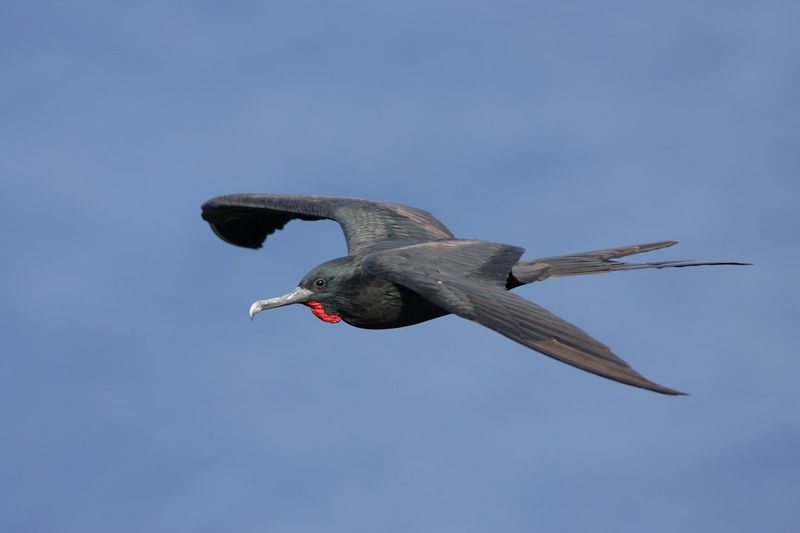
The Great Frigatebird is a marvel of aerial endurance, spending weeks in flight without landing. Native to the tropics, they travel across oceans, covering great distances.
These birds are known for their ability to sleep while flying, an adaptation that supports their long migratory routes. Their forked tails and long wings enable them to soar with minimal effort. The Great Frigatebird’s journey is a testament to evolutionary ingenuity, highlighting the adaptations that allow such remarkable feats of navigation and endurance.
Pacific Golden Plover
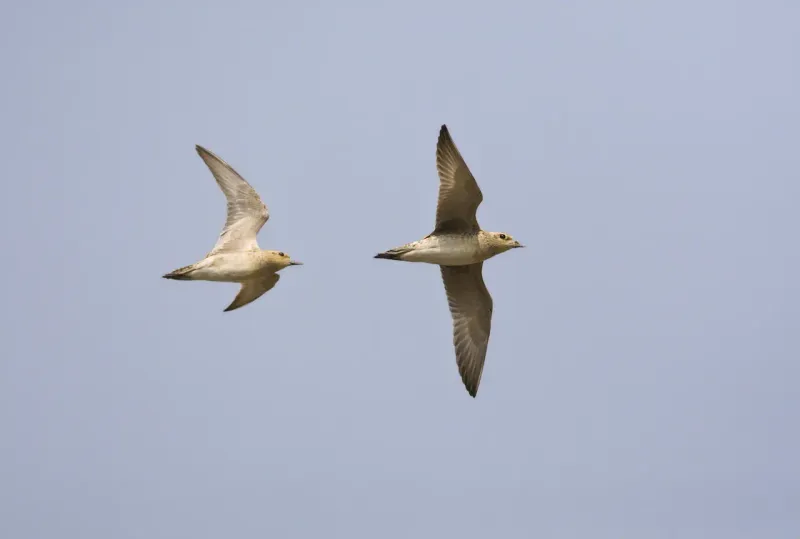
The Pacific Golden Plover embarks on a remarkable journey every year. With its golden speckled plumage glistening under the sun, this bird travels from the Arctic tundra to the warmer climates of the Pacific islands.
What makes its migration unique is the nonstop flight from Alaska to Hawaii, a distance stretching over 2,500 miles.
Remarkably, the plover does this without stopping to feed or rest. Scientists believe they use the stars to navigate, demonstrating one of nature’s most incredible feats. Did you know? These birds can lose up to 50% of their body weight during this journey.

